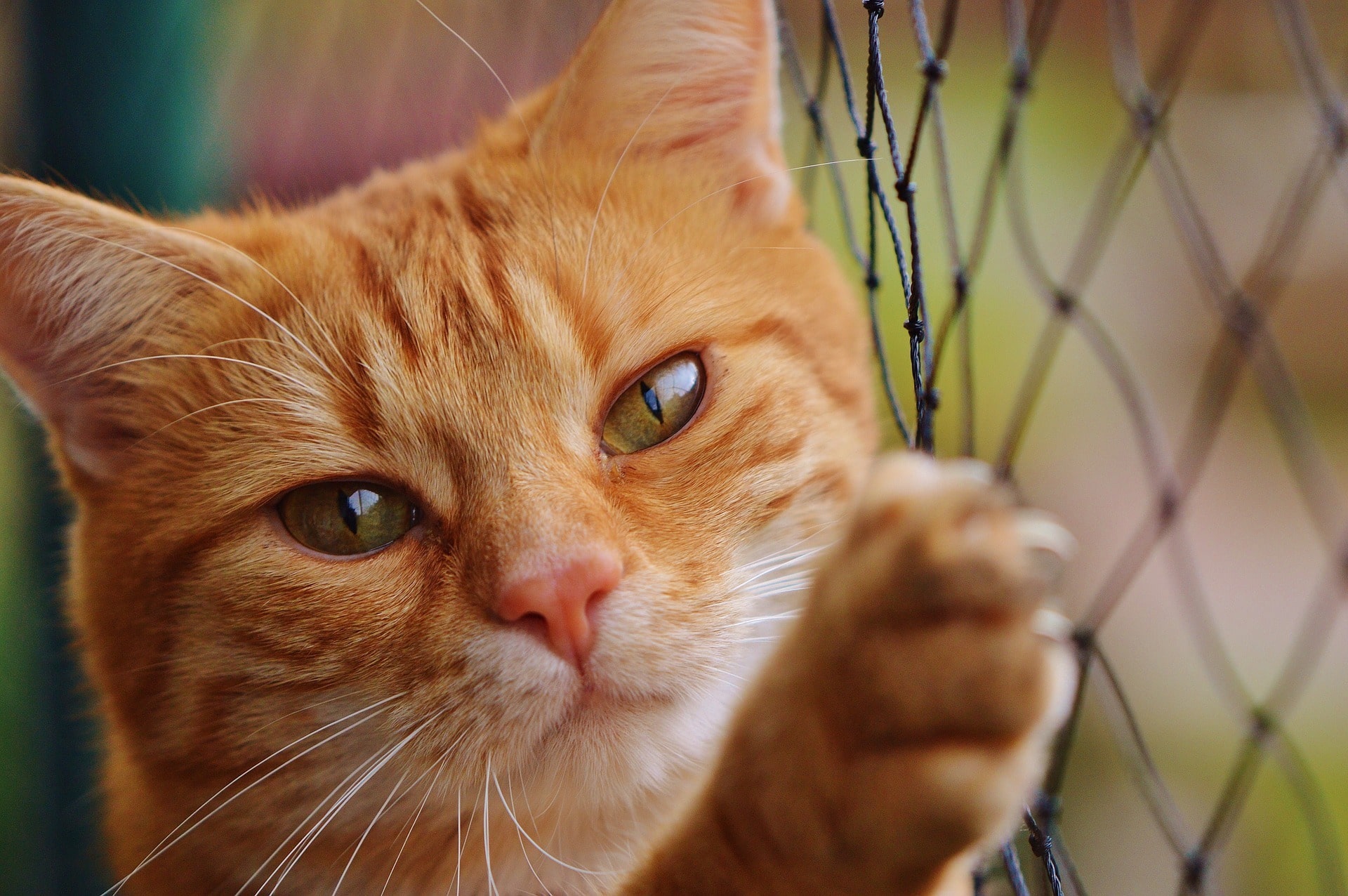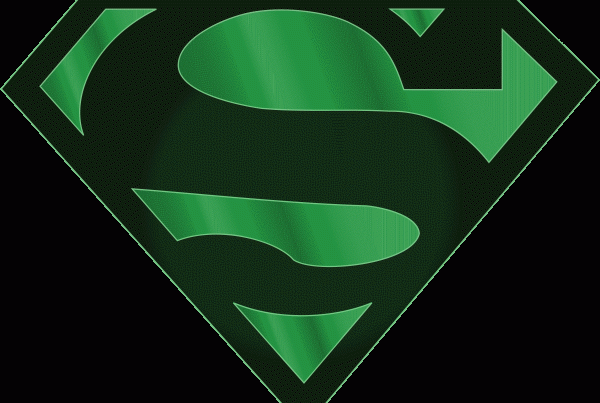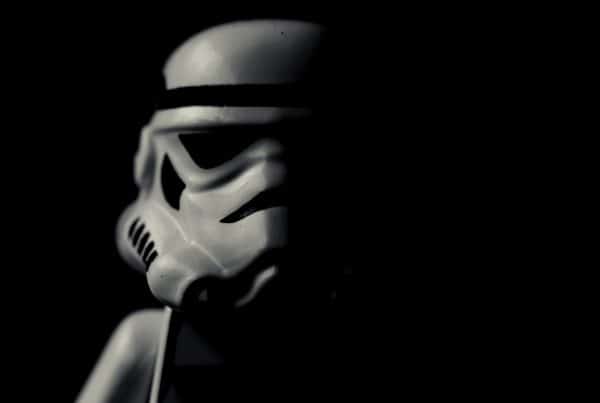
It was 5-4 for the Baron’s with just over a minute left in the third period when the head coach called out in panic, “Should we pull the Goalie?”.
This was not how this game was supposed to play out. We were in the semifinals. The Barons were the only thing standing between us and that epic final series of our dreams against the 3-Stars. It was only 20 min (miles) away. We were up 4-2 at the end of the second period but we would be going into the third without a key defensemen, 1 of only 2 on the team with AA experience. We did what we were supposed to do at the end of the second period – stood at our bench. But when one of the Baron’s crossed the line and got in our face we fought back. We ended up on the losing end of that battle as our defensemen was given a 10-minute misconduct penalty and their player skated away unscathed.
When to be collaborative?
Both the head coach of a hockey team and a senior executive must be collaborative in their approach to the game plan. For instance, good questions to ask the assistant coaches before the game are: “What goalie do you think we should play?” and “What do you think the starting lines should be?”. Effective leaders gather feedback from a variety of sources and then integrate those perspectives with their own thinking to make a decision. The process is collaborative. But ultimately the head coach or senior executive positions his/her team for success by gathering feedback and making decisive moves.
Our AA defensemen would sit the first 10 mins (miles) of the third period in the box, likey the longest 10 miles of his life, watching his team collapse. In reflection, the head coach did not seek my perspective on the decision to pull the only other player with AA defensive experience back to support the D-line. Shoring up our defensive line must have seemed like a good idea at the time. The only other player with defense experience that we could have pulled back was lighting it up on forward with two goals in the game.
In hindsight, I see the move to pull our first line centerman back to defense rooted in fear. We have enough to win the thinking goes, all we have to do is preserve the lead. When this type of emotion creeps into your game plan, even if it is veiled in logic, you leave a crack in the door and give the other team a glimmer of hope. The Barons were playing with fire and a glimmer of hope in the ashes was all they needed to crush us.
The tragedy is: even if the head coach had included me in that decision I don’t think I would have had the presence of mind to provide him with effective feedback. Emotions were running high for me … hockey is my tequila … and my boys were playing so well that I was intoxicated. I could see the light at the end of the tunnel – soon our hopes and dreams of a final against the 3-stars would be realized and the 20-year drought of Midget Tiger teams winning a League Championship would be over.
When to be decisive?
The time to be collaborative is not as the clock ticks down in the final minute of the hockey game – or in the final moments before contact on the battlefield. This is the time for the leader to be decisive.
That question: “Should we pull the goalie?” was the last straw that would break the Tigers back. I recognized the head coach was struggling with decisiveness and in that moment I could have pushed him aside and taken command. Perhaps it is my experience that doing this in the corporate world comes with dire consequences or perhaps I just didn’t have the presence of mind. Maybe it was both but instead of taking command I fell into the collaboration trap. The series of events that unfolded, after that indecisive question broke the air, are as follows:
- I, the assistant coach standing up on the bench, turn to the assistant coach who was running the offense player door to collaborate.
- We briefly discuss what to do, losing precious seconds, our consensus was “not yet … there’s still time”.
- Before I turn to let the head coach know our input I try to catch a glimpse of my son’s last ever minor hockey shift. This wasted another precious couple of seconds, all I wanted was one look. I snapped out of it and turned to give our feedback to the head coach.
- In horror, I see our goalie skating as hard as he can already halfway to the bench.
- Adding a second coach standing on the bench to the two coaches running the doors introduces an increased potential for a break down in communication
- I turn and scream at the assistant coach: “SEND PIPER!!!”
It was too late. Even with Piper’s speed and determination all he could do was hopelessly chase and get a close up look of our dream dying as the puck slid over the goal line of the defenseless net. I estimate that the consensus question cost us about 7 seconds. More than enough time to have given Piper a chance to do what he does best, hustle.
Who to Blame?
It would be easy to place blame on the head coach for the lack of decisiveness. But it was just the final straw.
If only the head coach had commanded: “Send Piper now, we are pulling the goalie”, it may have turned out differently. When things go wrong we look anywhere else but ourselves to place the blame. After the botched play, the head coach walked over and told our assistant coach “be quicker on the door next time”. I glared at him and pointed out, “You asked a question that should have been a command”. Unwilling to accept responsibility for my part of the problem, I was quick to lash back at the head coach, defending the other assistant coach. A classic flow of anxiety described in Bowen Theory.
A systems way of thinking would look back to what the players ate for supper the previous evening and how much sleep they got as contributing factors. There was plenty of blame to go around. It wasn’t just that last killer consensus question that lost us the game but taking bad penalties, bad reffing calls, offsides, missed shots, ridiculous saves that the Barons Goalie had no business making, etc. etc. etc.
When to let go?
The old saying goes, “Play hard right till the end”. With 37 seconds left in the game, now down by two goals, the head coach in a desperate move pulls the goalie again. The offensive door coach and I look at each other, laugh, and send Piper out one more time. We had let go and were just enjoying the moment, soaking up watching our boys’ last moments before the horn would call out, ending the last chapter of this minor hockey book.
You can struggle in life right to the end hoping to win against all odds. Knowing when to keep fighting and when to let go is a delicate balance. Give up too soon and eliminate any chance of winning, hold on too long and the game ends in desperation and resentment.
To lose is to suffer the sting of defeat. Those who remain open and feel the pain can find timeless wisdom within the heartache.





